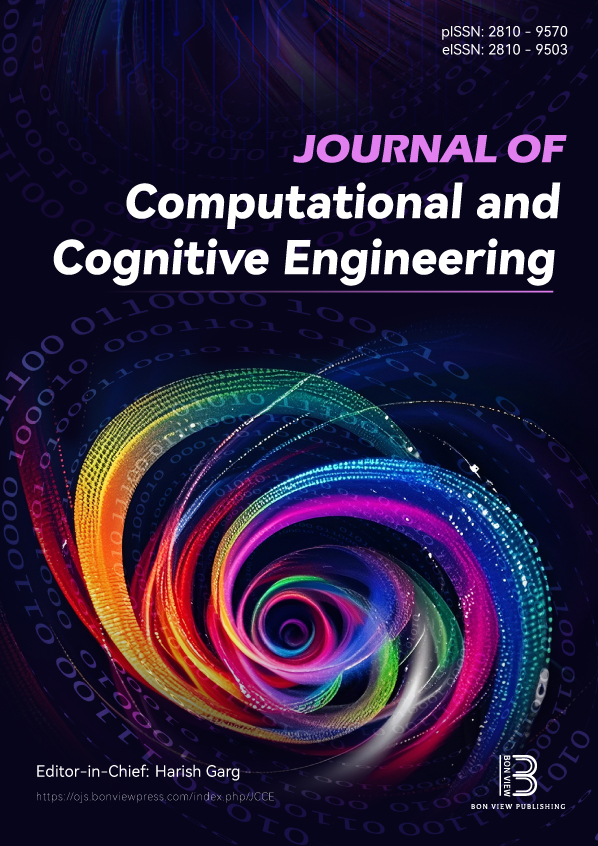AI-Driven Prediction of Greenhouse Gas Emissions in Livestock Supply Chains: Towards a Data-Driven Model for Sustainable Agri-food Systems
DOI:
https://doi.org/10.47852/bonviewJCCE52025984Keywords:
machine learning, greenhouse gas emissions, livestock supply chain, Random Forest Regression, XGBoost, sustainable agriculture, AIAbstract
This greenhouse gas (GHG) emissions mainly from enteric fermentation and manure management in livestock are mostly from copious methane (CH₄) and some nitrous oxide (N₂O). IPCC (International Panel on Climate Change) Tier 1 and Tier 2 emission prediction methods cannot provide details about where the emissions come from and are ineffective for different forms of agriculture. In our research, a machine learning model based on national agricultural data forecasts how much CH₄ and N₂O will be emitted from U.S. manure management. The performance of Random Forest Regression (RFR), Extreme Gradient Boosting (XGBoost) and Support Vector Regression (SVR) was tested by using RMSE, MAE and R² as performance metrics. XGBoost performed better than SVR since its predictive results were better than reaching R² = 0.98. The analysis of feature importance found that livestock type, methods of managing manure and population density are the main factors leading to emissions. The models resulted in information that communities in various locations could use to improve their sustainability. An adaptable decision-making procedure is proposed by the research to assist environmental planning in the agri-food sector and to ensure that intelligent agricultural platforms can better manage GHG emissions. More research is needed to improve the model by studying additional aspects from the supply chain, covering both its upstream and downstream operations, to obtain a complete analysis of environmental results. Future work should aim to incorporate additional stages of the livestock supply chain and adopt explainable AI techniques to improve transparency and support realtime decision-making.
Received: 22 April 2025 | Revised: 31 July 2025 | Accepted: 3 September 2025
Conflicts of Interest
The authors declare that they have no conflicts of interest to this work.
Data Availability Statement
The data that support the findings of this study are openly available in USDA at https://agdatacommons.nal.usda.gov/search?itemTypes=3&categories=30761,30746,30689,30821,33323.
Author Contribution Statement
Baha M. Mohsen: Conceptualization, Methodology, Software, Formal analysis, Investigation, Resources, Data curation, Writing – original draft, Writing – review & editing, Supervision, Project administration. Mohamad Mohsen: Methodology, Validation, Resources, Data curation, Writing – original draft, Writing – review & editing, Visualization.
Metrics
Downloads
Published
Issue
Section
License
Copyright (c) 2025 Authors

This work is licensed under a Creative Commons Attribution 4.0 International License.






